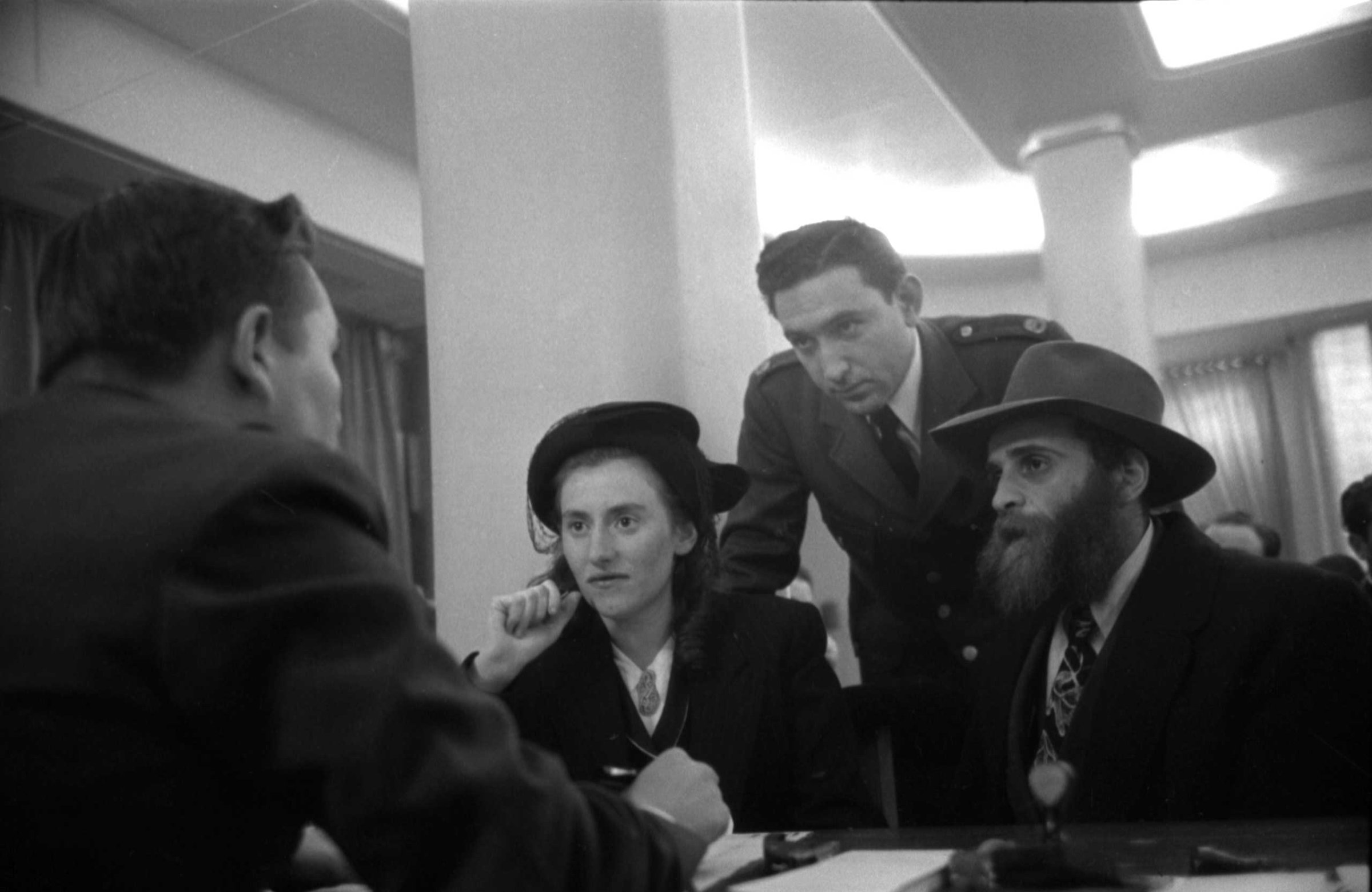
For a country constantly patting itself on the back and touting its unique status as a “nation of immigrants,” the United States has an awfully hard time maintaining a consistent policy—and attitude—toward the millions of people who desperately want to come to the U.S. and join the great, chaotic American experiment.
Today, as the question of whether the United States will seriously address comprehensive immigration reform looms ever larger, and as the country’s racial and ethnic demographics shift more rapidly and more dramatically than at any time in the past century, LIFE.com looks back at a lasting emblem of immigration in the U.S., Ellis Island, through the lens of one of LIFE’s greatest photographers (and a proud immigrant himself), Alfred Eisenstaedt.
Eisenstaedt went out to the island in Upper New York Bay in the fall of 1950 because the rough machinery of politics had once again brought confusion and delay to the processing of thousands of men, women and children looking to step on to American soil. But beyond chronicling the immediately evident impact that political rivalries in Washington were having on real lives a few hundred miles to the north, Eisensteadt’s pictures also uncannily mirror photographs made at Ellis Island decades before.
(By some estimates, a full third of the population of the United States—more than 100 million people—can trace their ancestry to immigrants who first arrived at Ellis Island. Few Americans, meanwhile, recall that both Liberty Island and much of Ellis Island are not in New York, at all, but are instead part of the great state of New Jersey.)
Many of the pictures in this gallery were never published in LIFE magazine. Here, in black and white, are the faces, the clothes and even the dreams and the fears of people who have crossed thousands of miles to get to this very spot—and have been stopped, for the moment, from going any further by the one force capable of thwarting hope: bureaucracy.
Some of the pictures in this gallery appeared in the Nov. 13, 1950 issue of LIFE. The story explained the photos, and the situation on the island, this way:
The flat, 30-acre island in New York Bay is not what European Communists gleefully call it—”that well-known concentration camp.” But Ellis Island is today a gray and gloomy place suddenly full of bewildered people who have become victims of American politics.
The trouble began with an unfortunate law, the McCarran Communist control bill. The bill, designed to exclude subversives, was so loosely drawn that it excluded harmless ad desirable aliens as well, people whose only crime may have been membership in the Hitler Youth at the age of 9 or enrollment in a Fascist labor union when joining was a prerequisite to eating. Last September, President Truman vetoed the bill. Congress re-passed it over his veto. [In the ensuing power struggle, would-be] immigrants were caught up in this political wrangle, and “delayed” beyond reason on the little island.
LIFE then went on the describe the “flood-tide activity” at Ellis that the great photographer Lewis Hine documented in the early 1900s—activity that slowed to a trickle (1,300 a month vs. 3,000 a day in 1906) by the late 1940s—and noted that for the first time in decades, the island was “again full of deeply human scenes.”
The new aliens, photographed here by LIFE’s Alfred Eisenstaedt, look the same, have old-country clothes and the same wide-eyed, insistent children. The old buildings, with their huge, tiled rooms, and wire-mesh partitions, are still the same. But this time, because the inspectors must examine not only the bodies and finances of the aliens but their past political connections as well, the atmosphere is gloomier and there are long, inexplicable delays filled with anxiety. . . . [Some] are held for several days. Most of them wind up at a high pitch of exasperation, crying, “Why don’t you ask me now what I think of your beautiful country? Why don’t you ask me now?” Only a few, like Professor Arrigo Poppi, who came from the University of Bologna to study medicine at Harvard, retain their humor. “I came here to study the heart disease,” he said, “and instead I get the heart disease.”
Liz Ronk, who edited this gallery, is the Photo Editor for LIFE.com. Follow her on Twitter at @LizabethRonk.
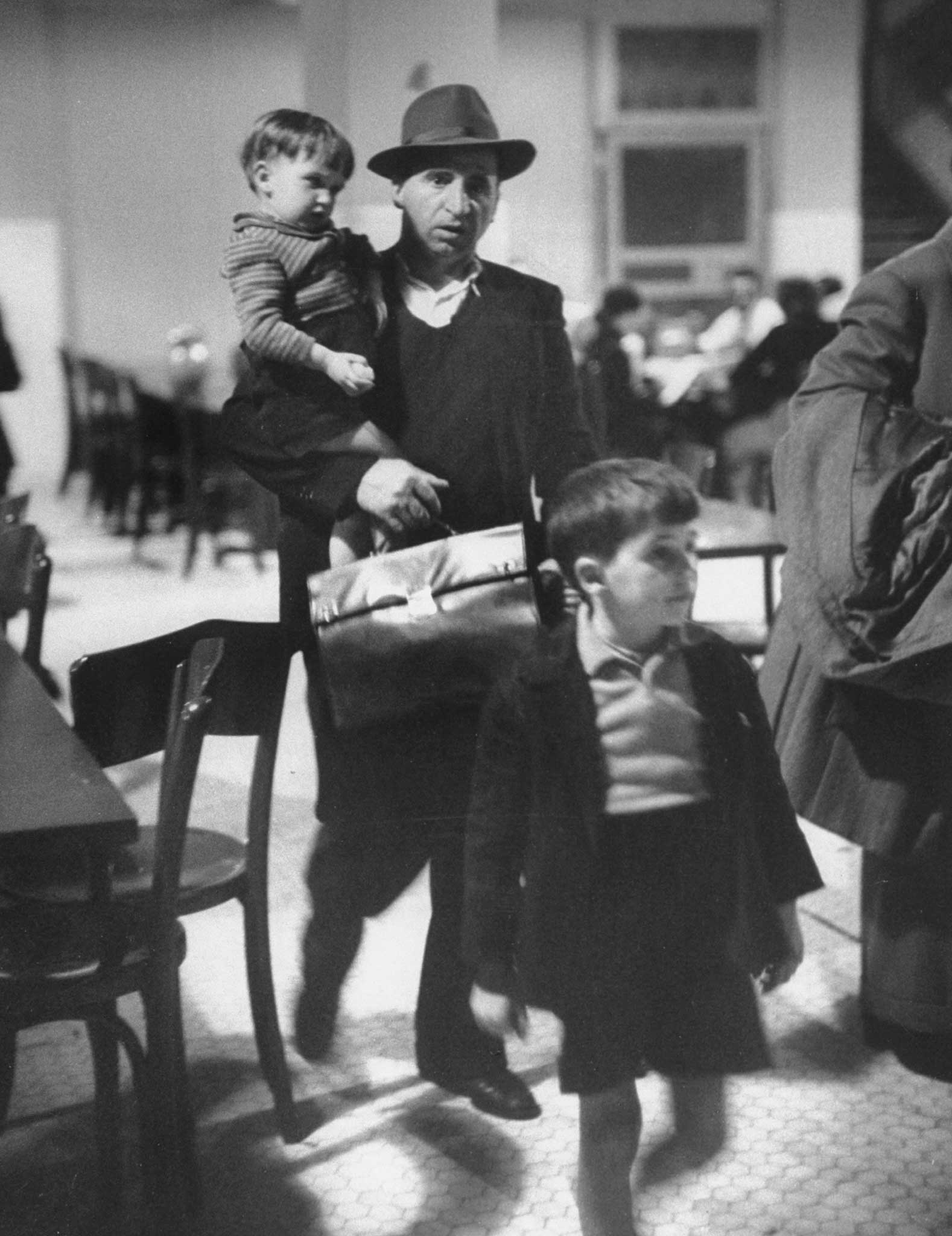

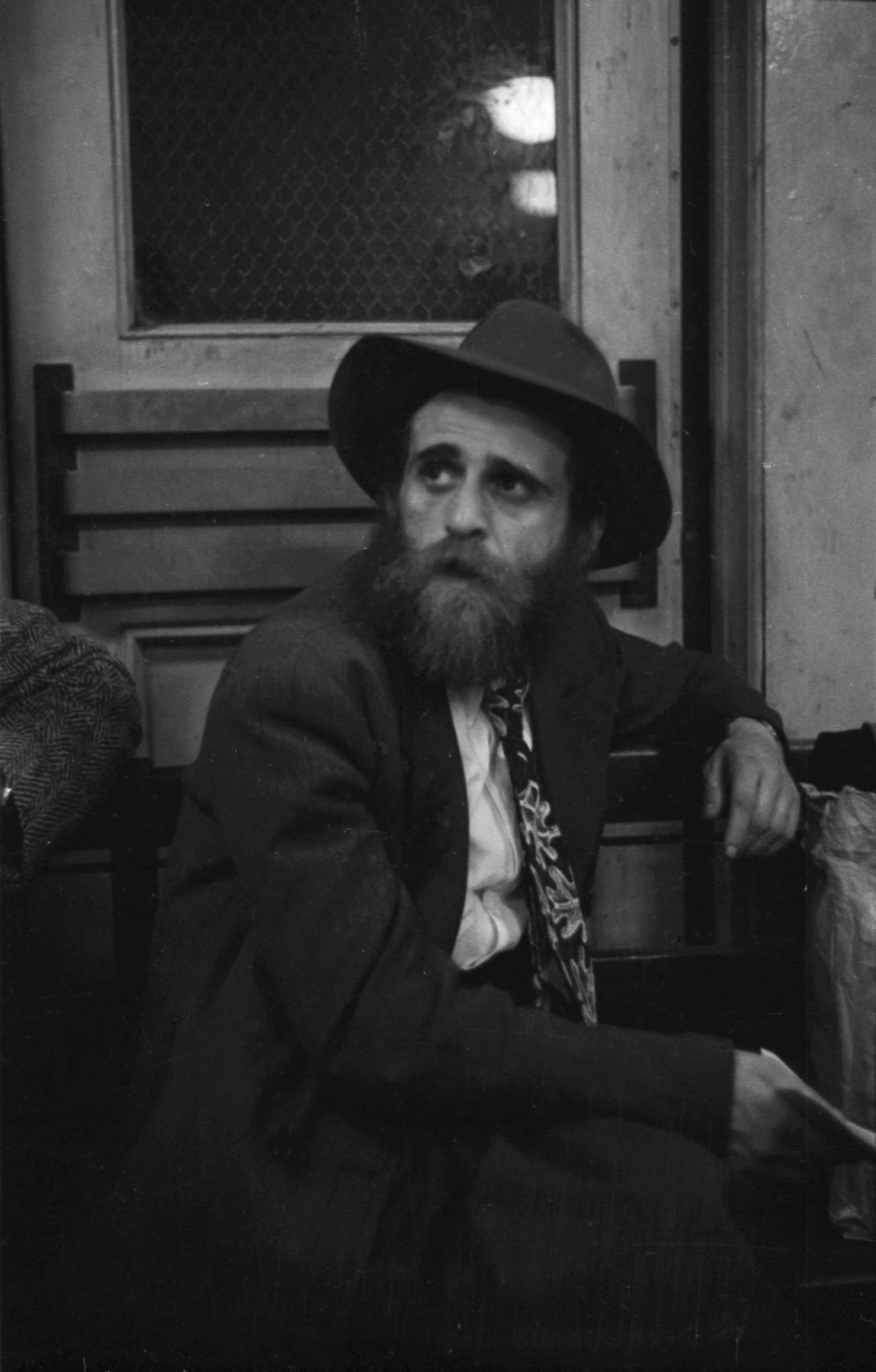
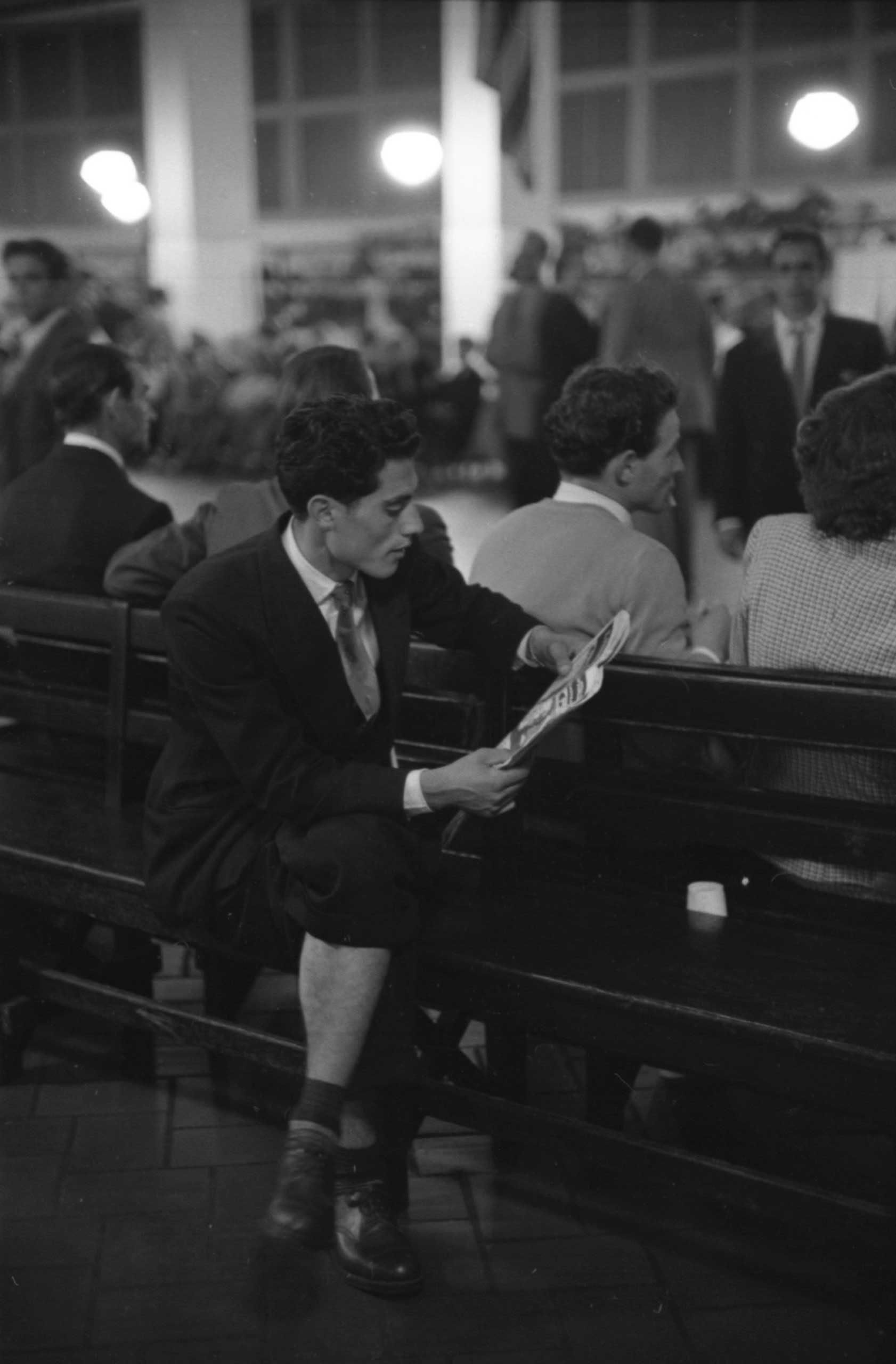
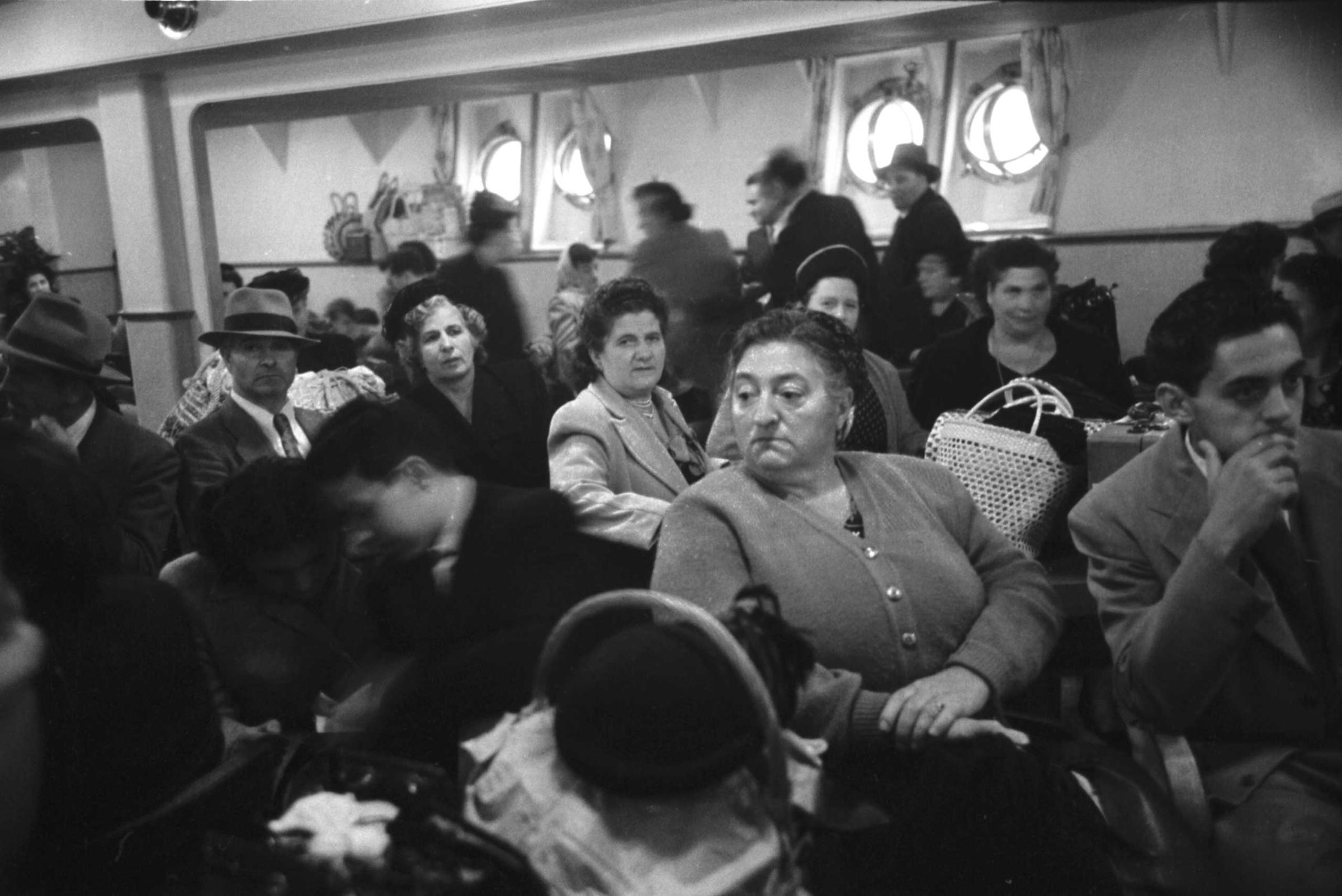
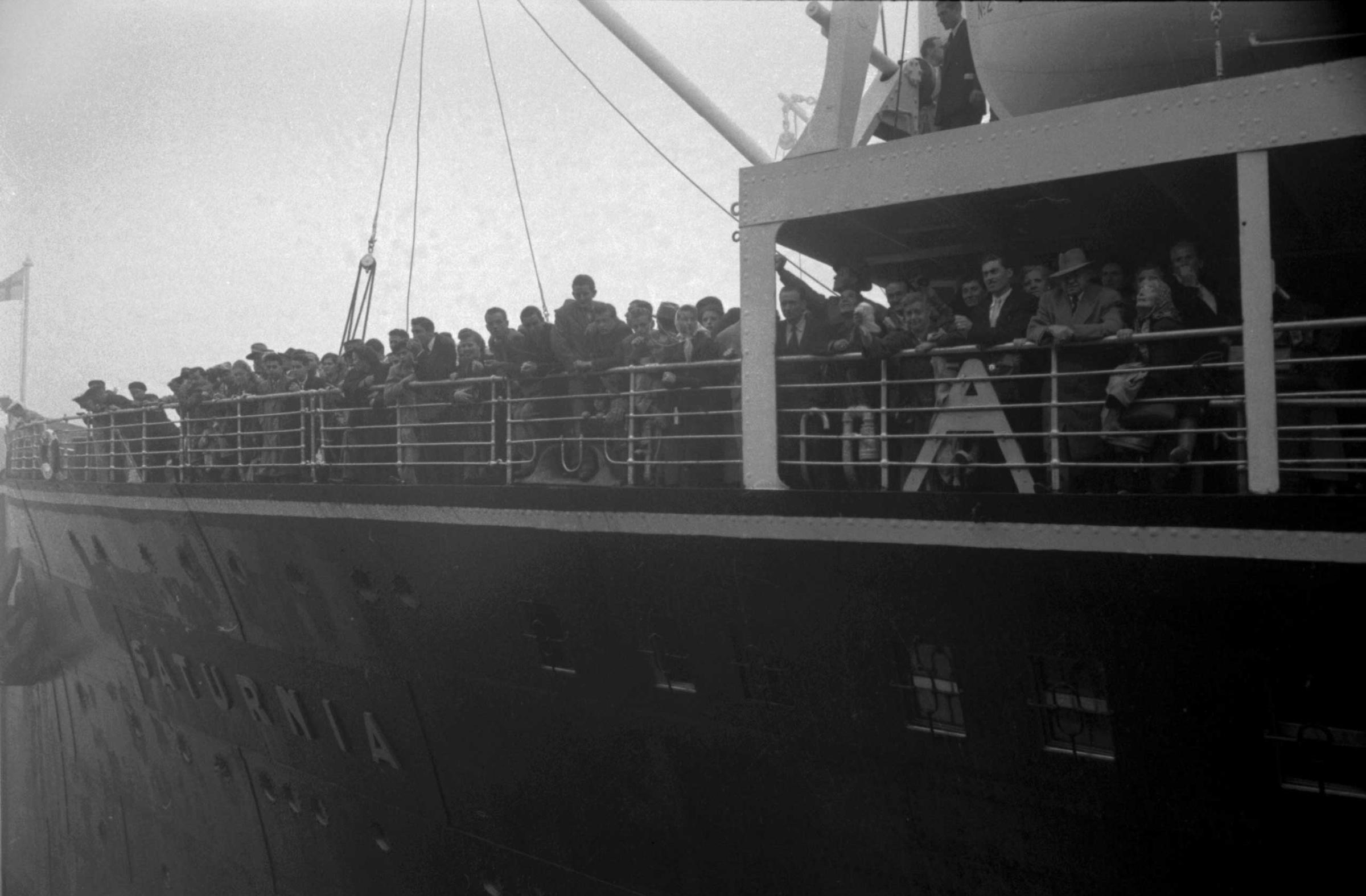
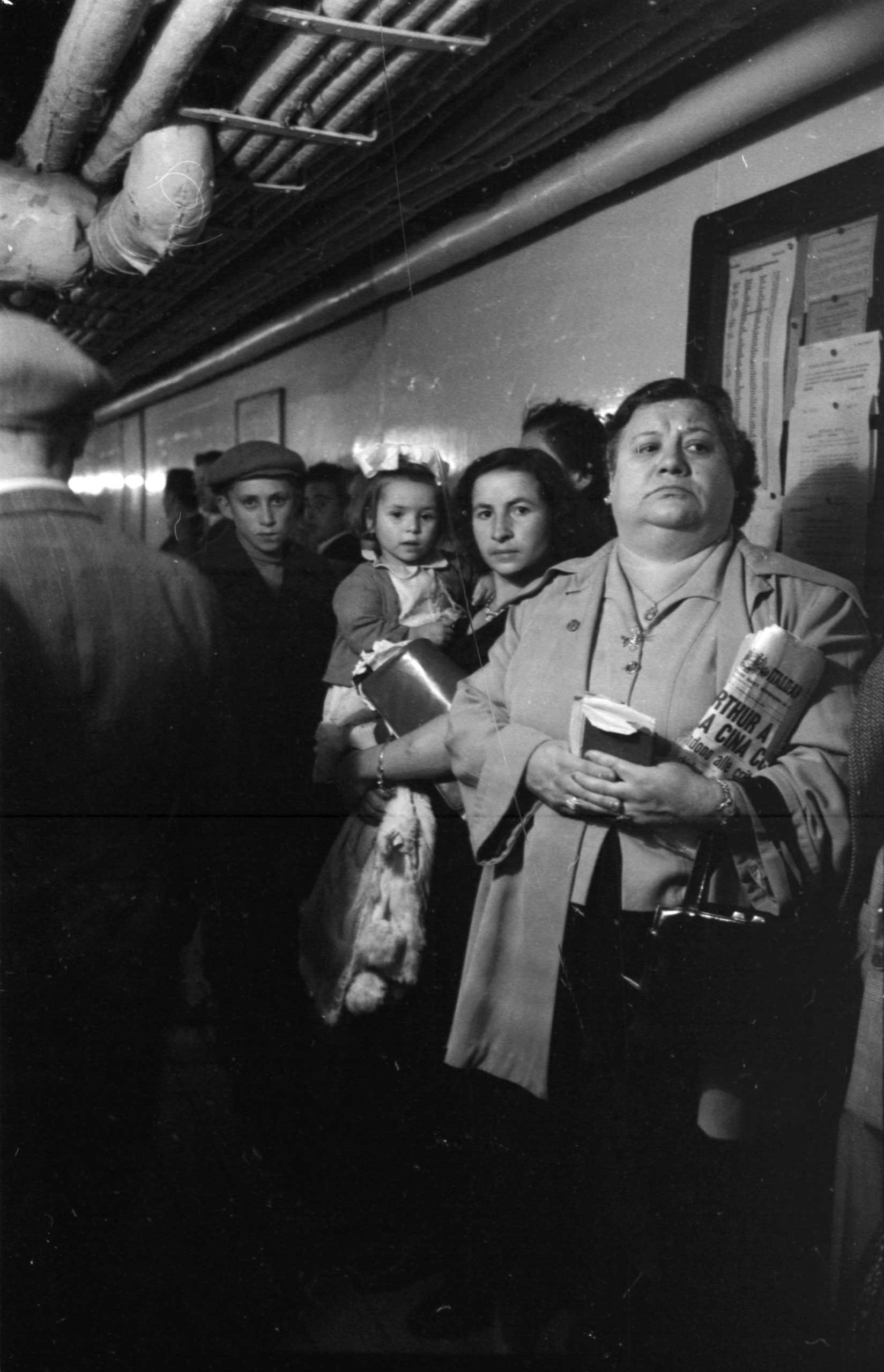

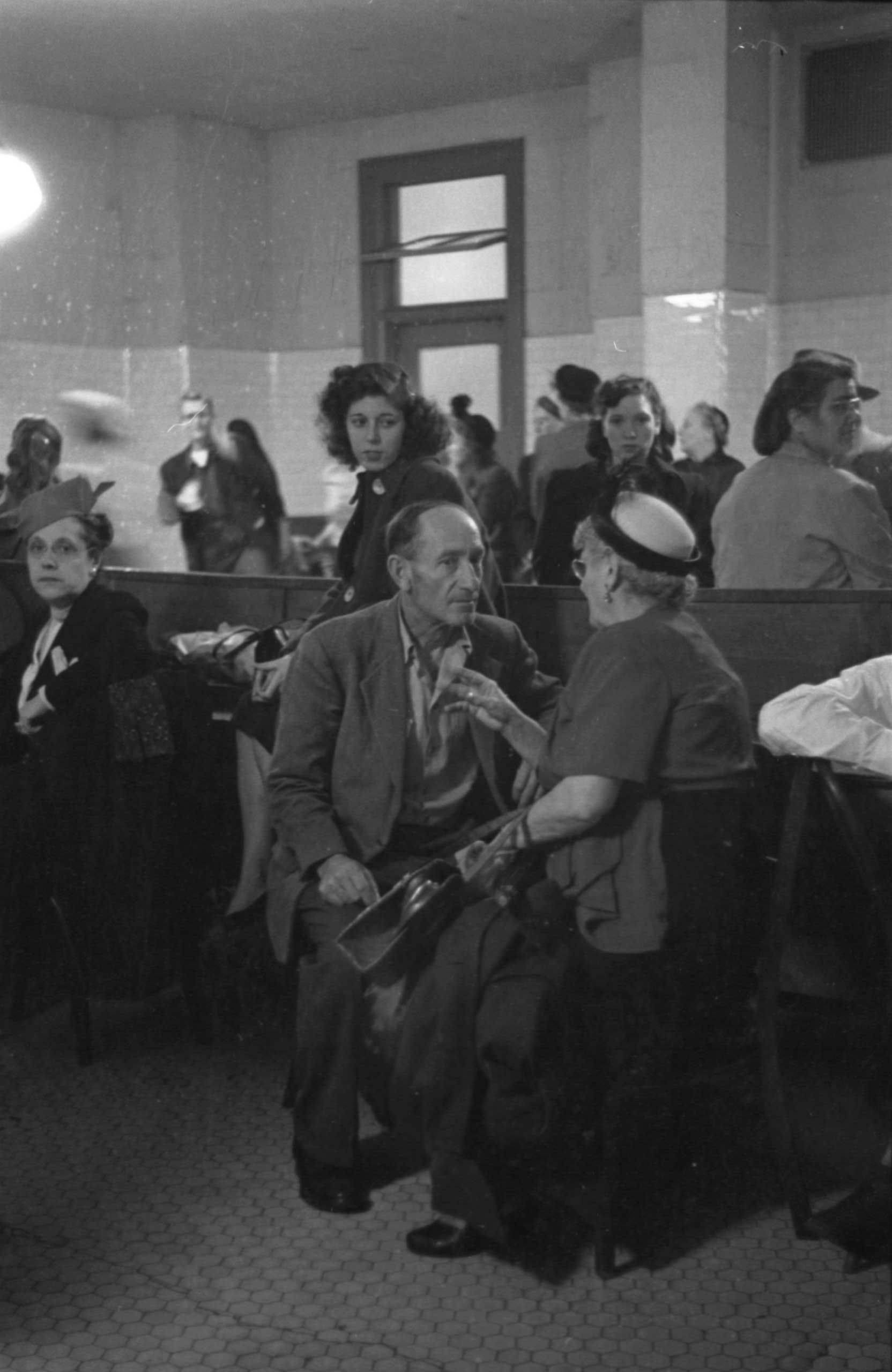
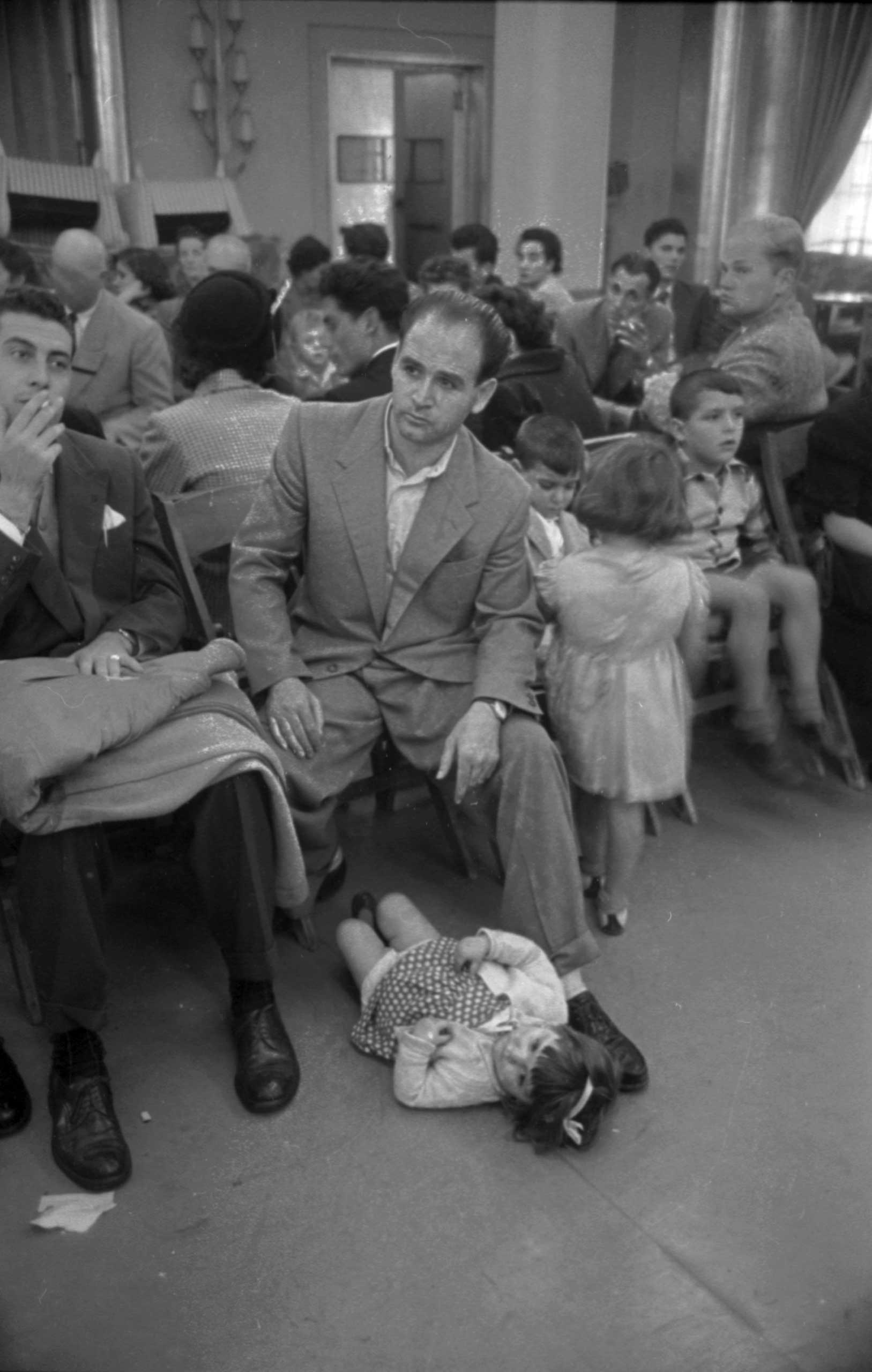


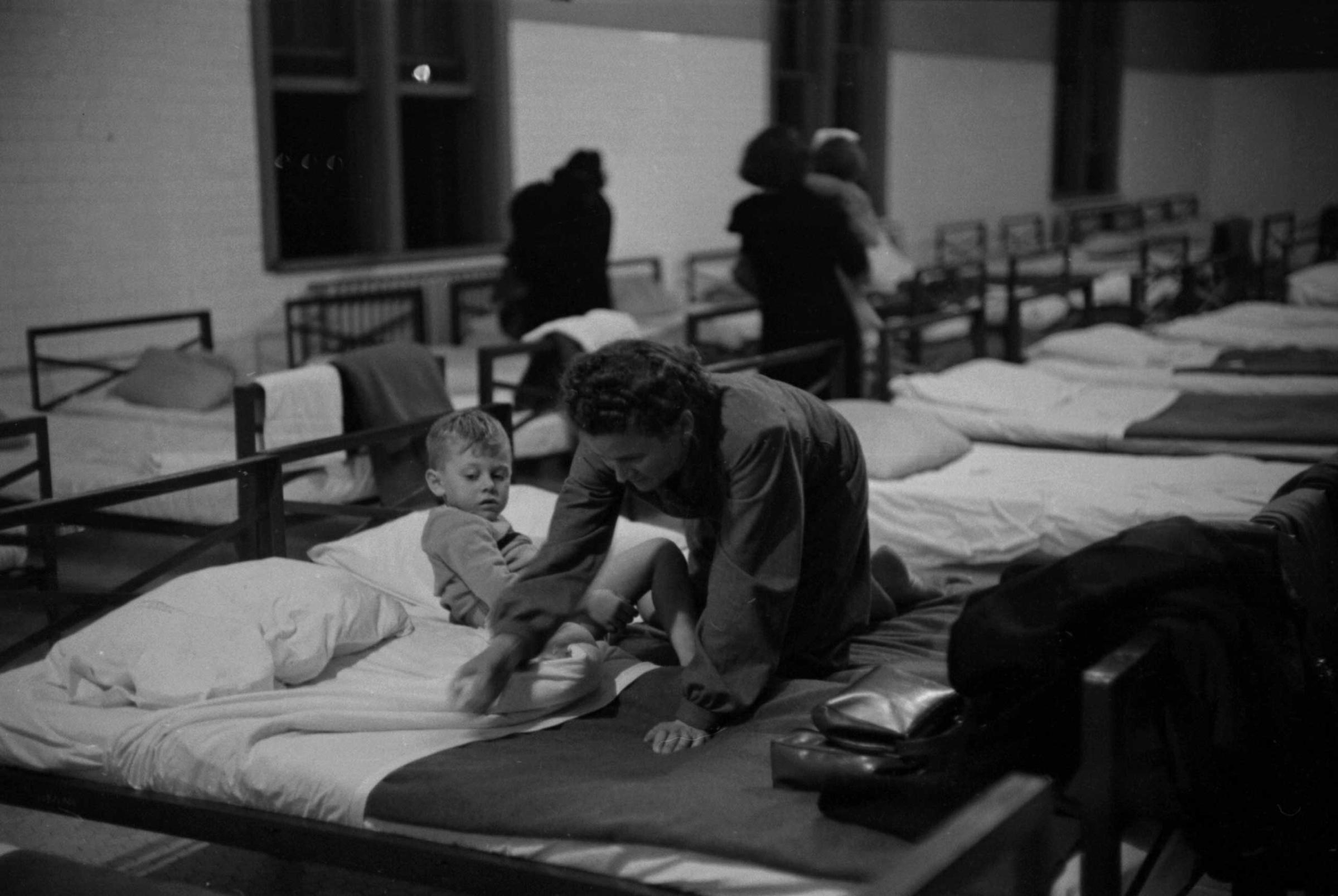
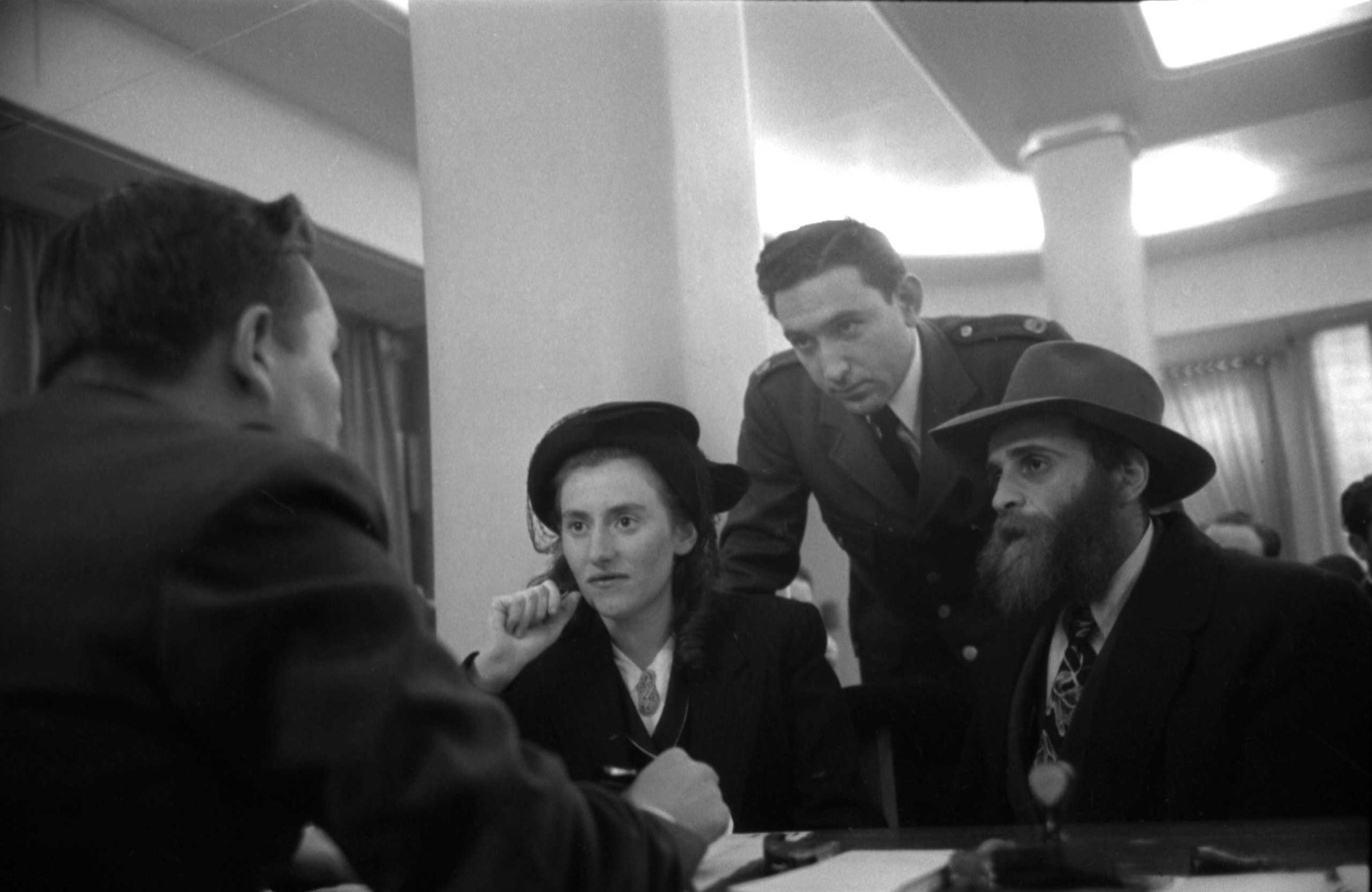
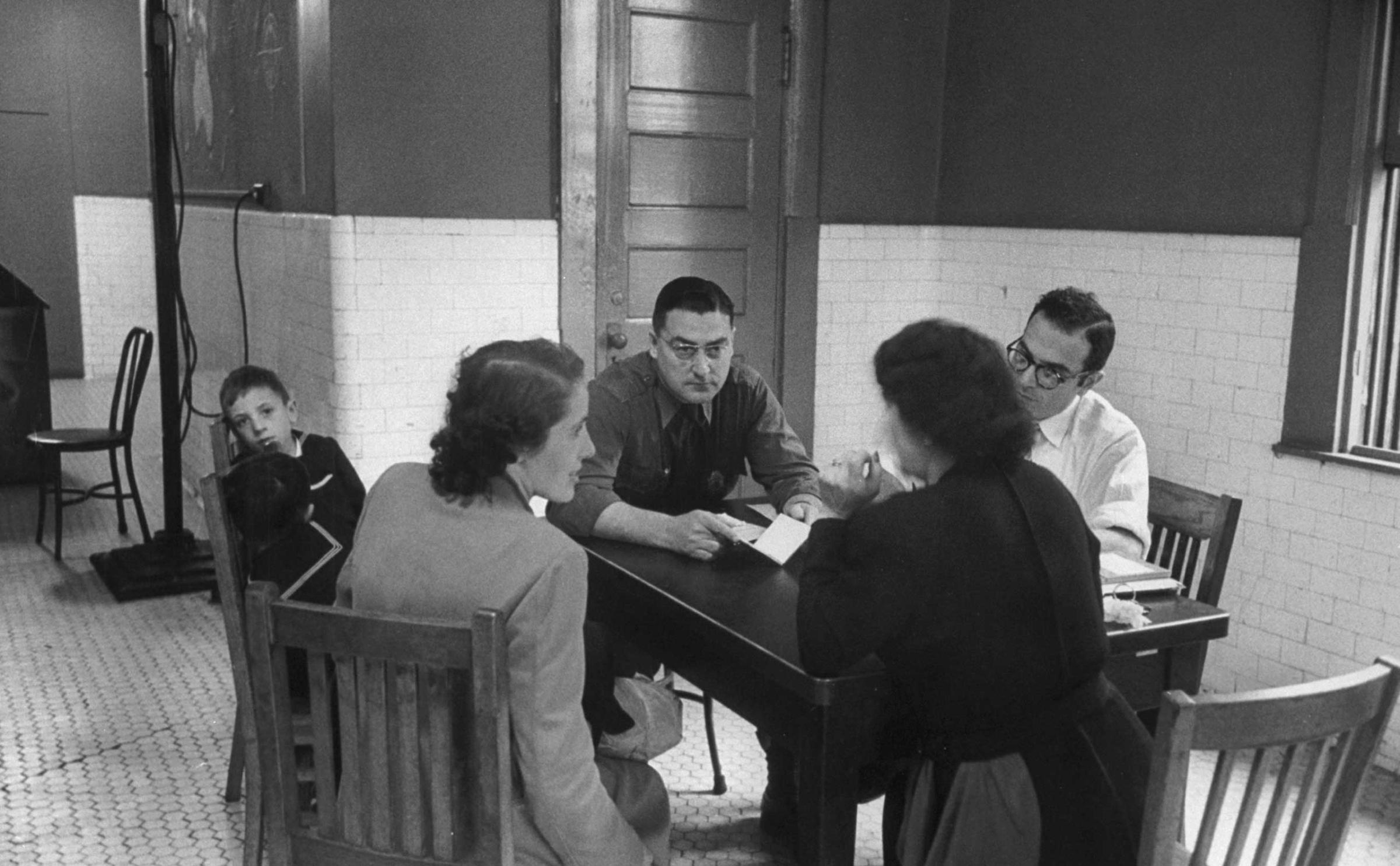
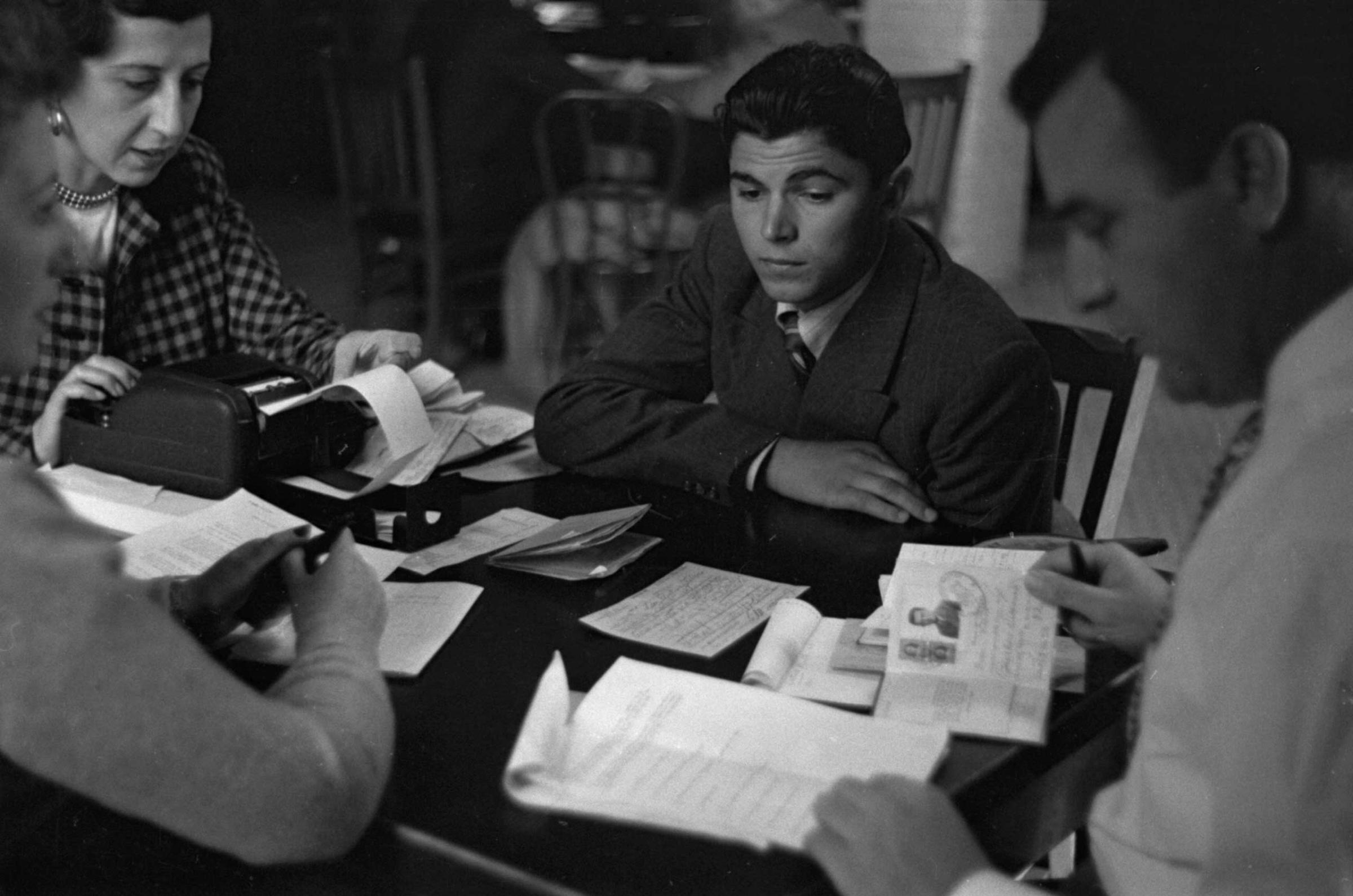
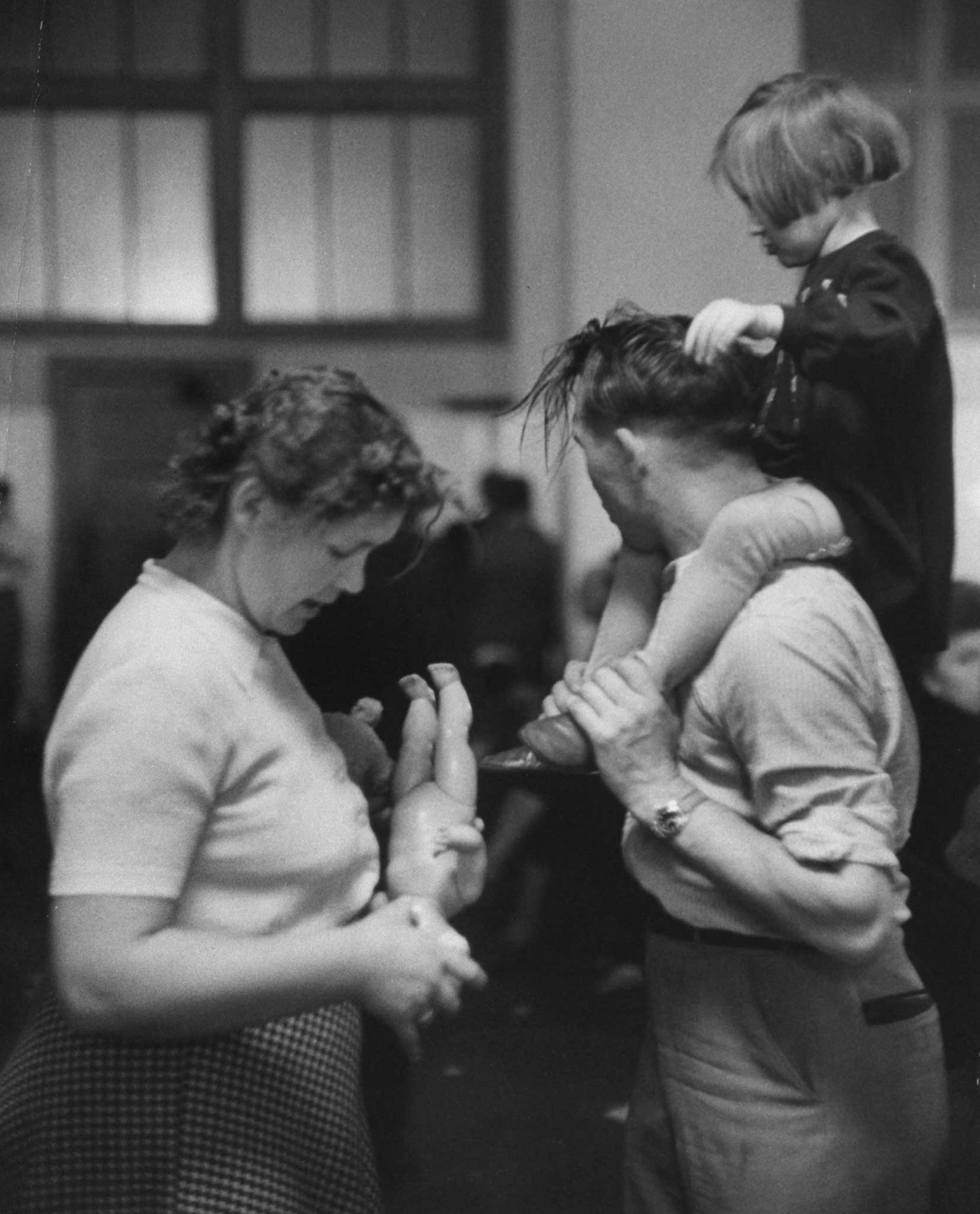

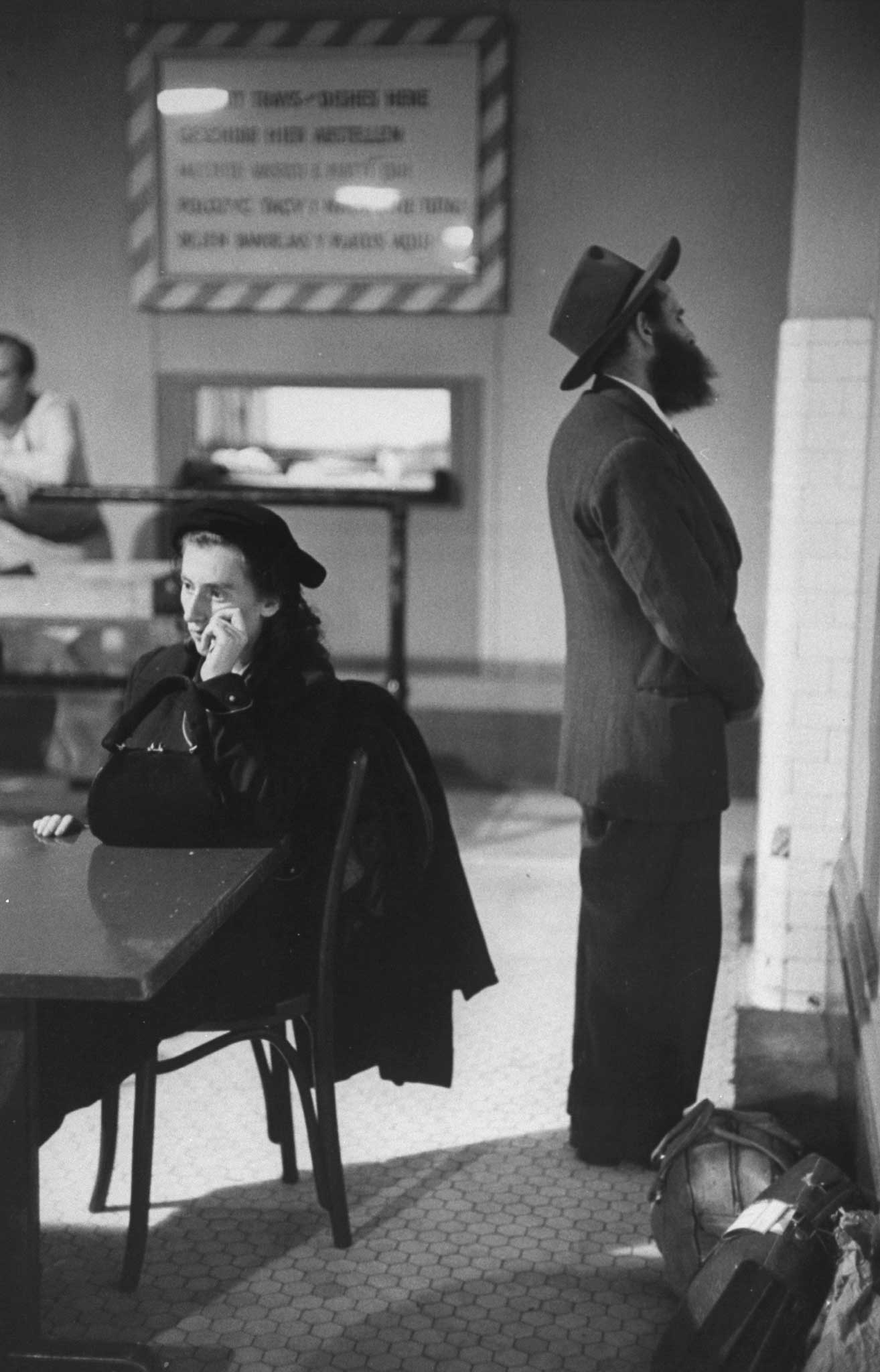


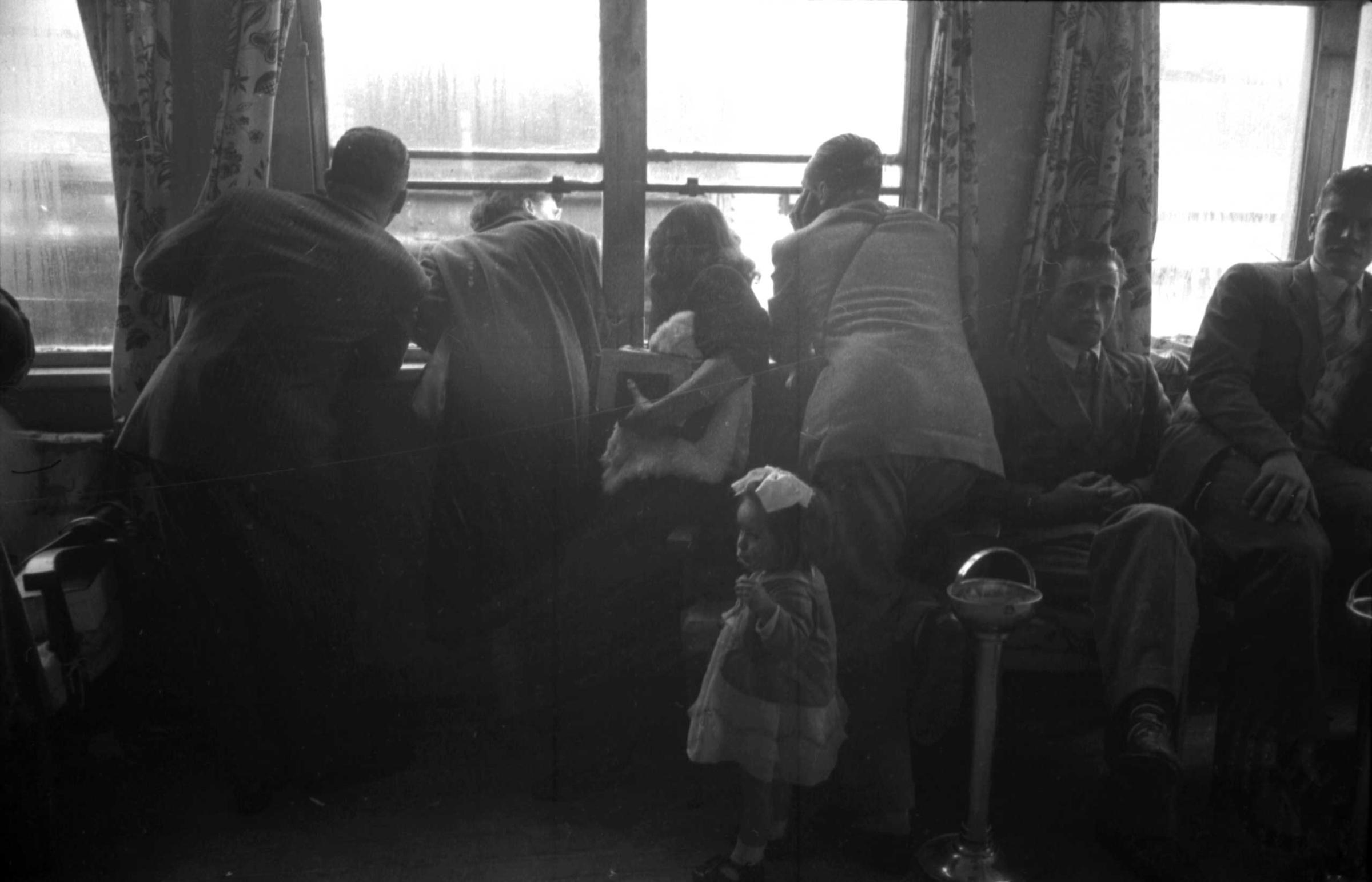
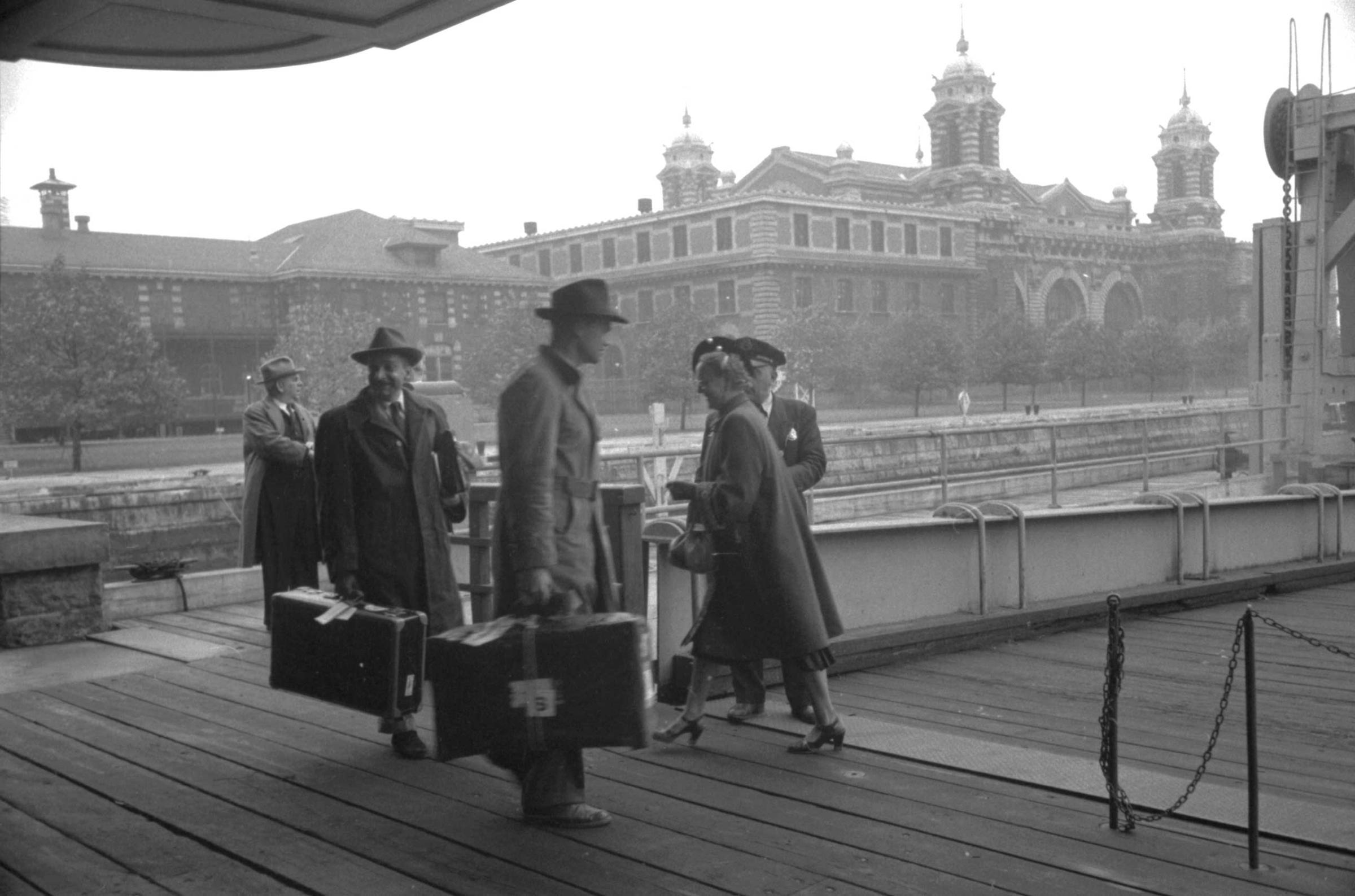
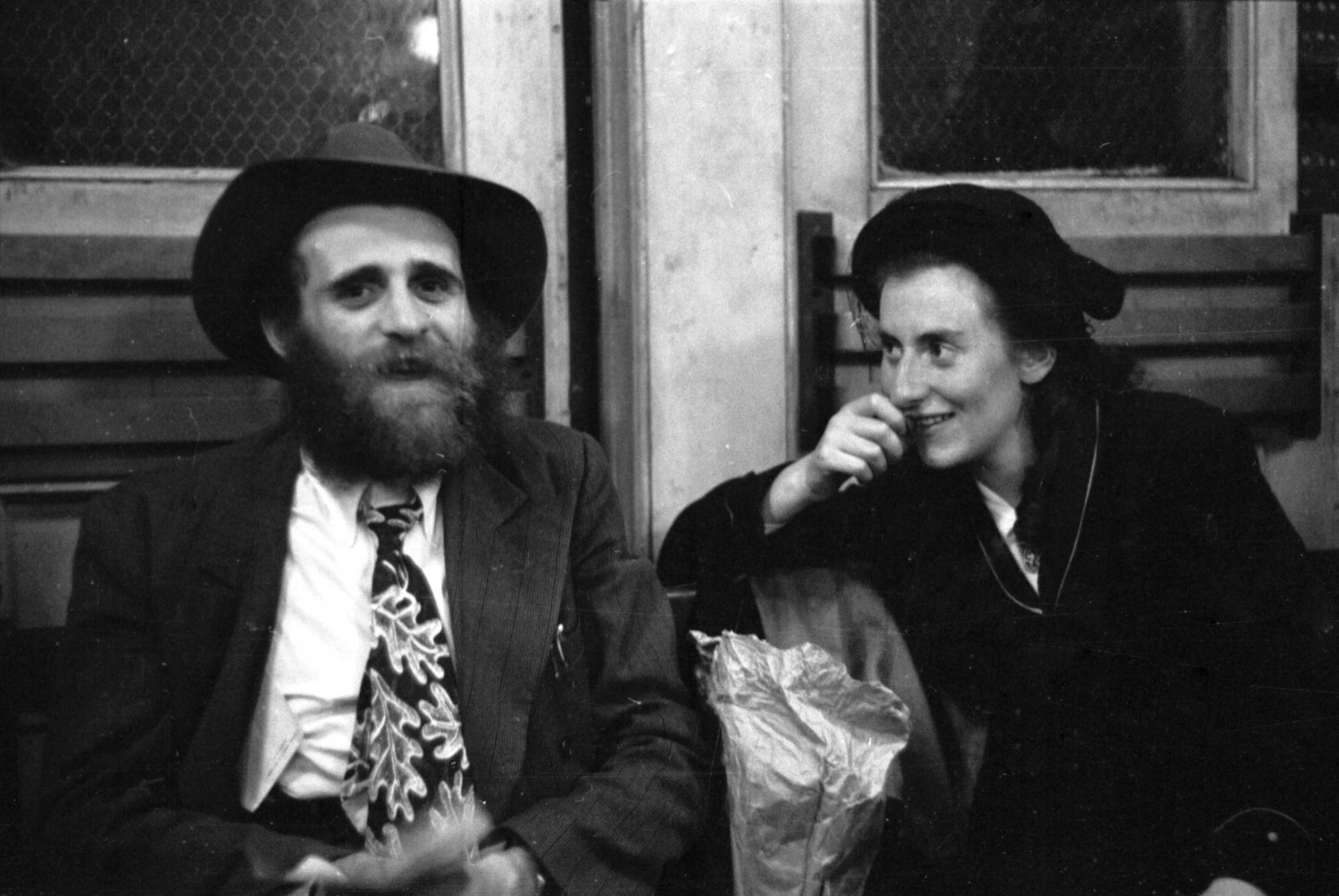


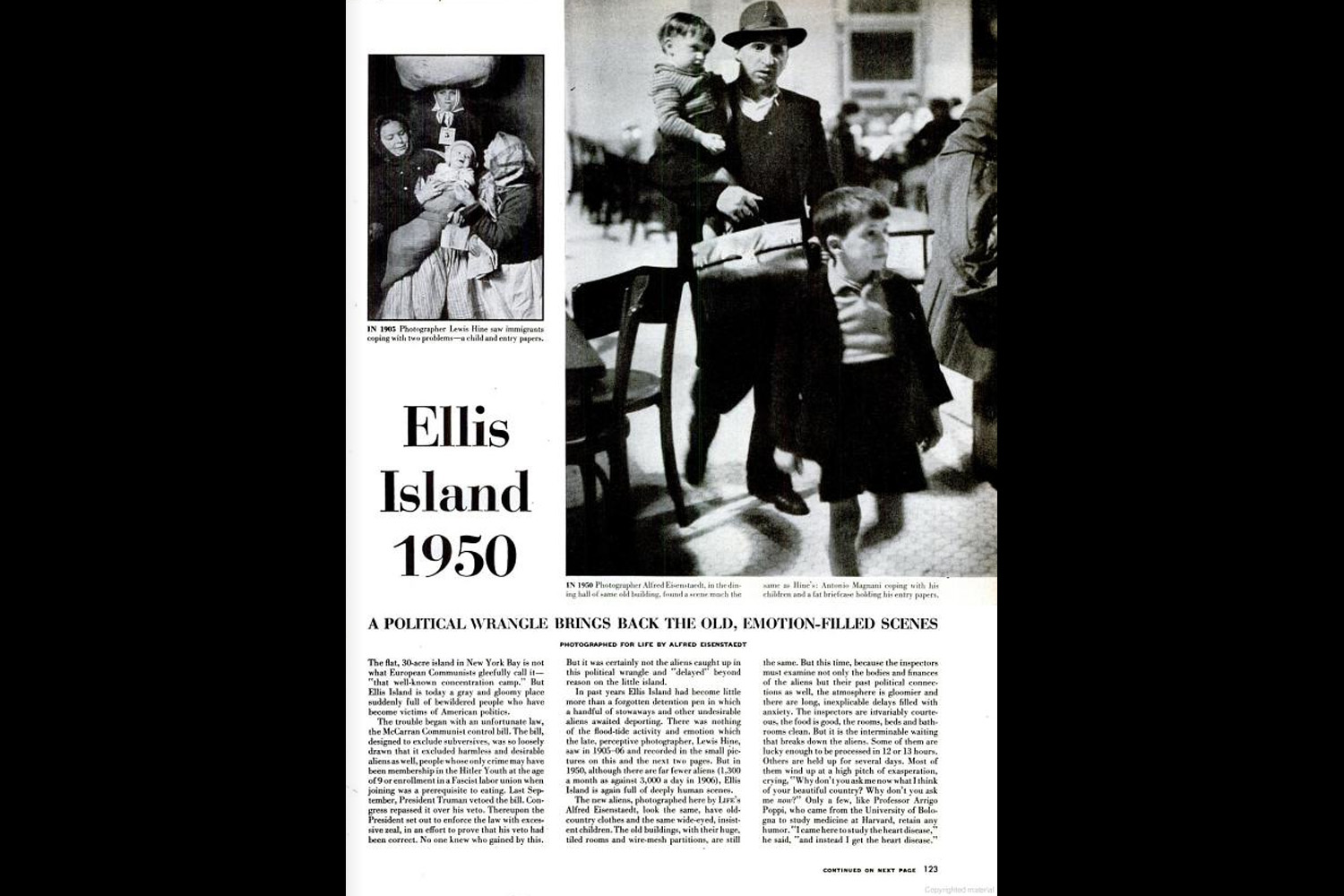
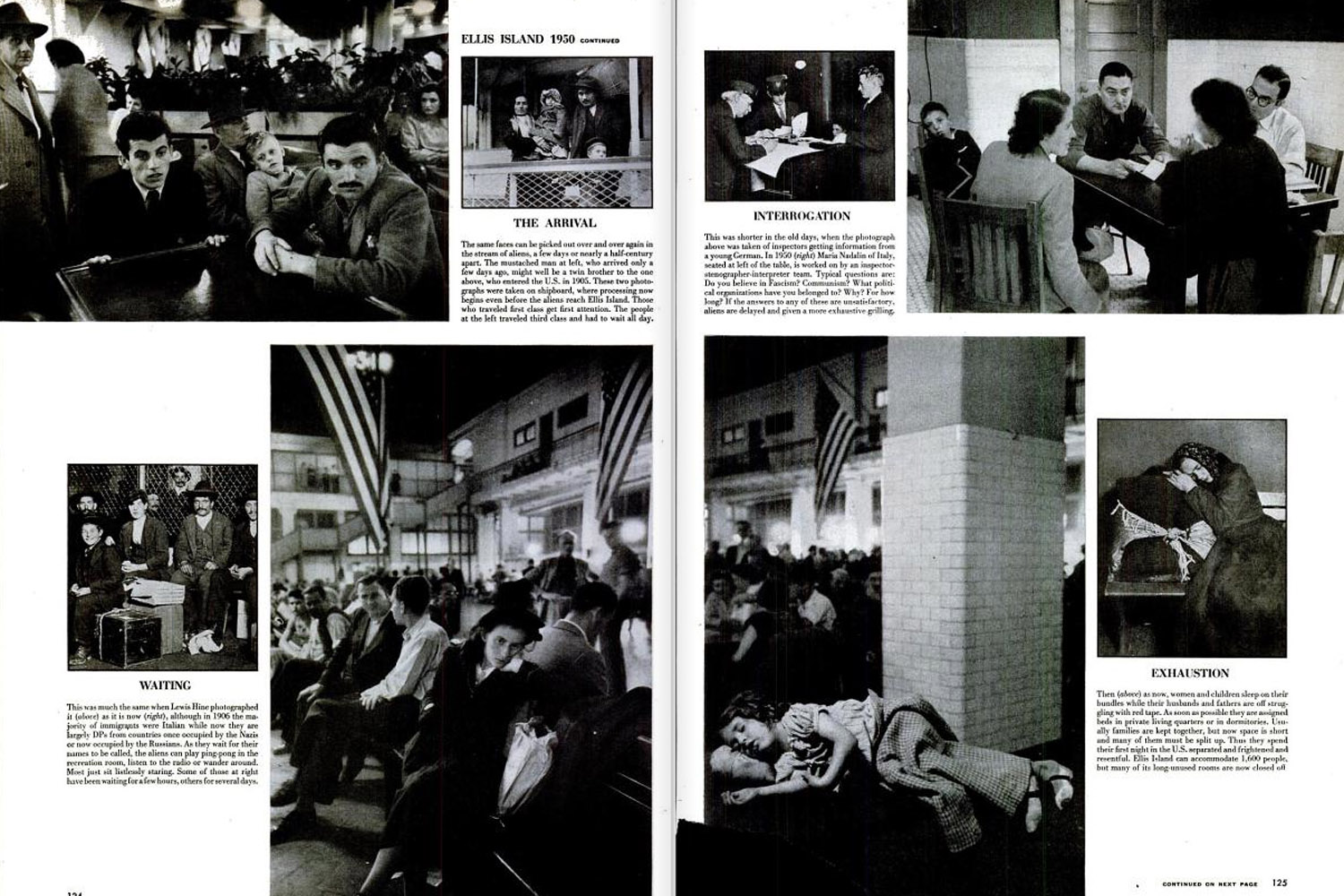

More Must-Reads from TIME
- Why Trump’s Message Worked on Latino Men
- What Trump’s Win Could Mean for Housing
- The 100 Must-Read Books of 2024
- Sleep Doctors Share the 1 Tip That’s Changed Their Lives
- Column: Let’s Bring Back Romance
- What It’s Like to Have Long COVID As a Kid
- FX’s Say Nothing Is the Must-Watch Political Thriller of 2024
- Merle Bombardieri Is Helping People Make the Baby Decision
Contact us at letters@time.com